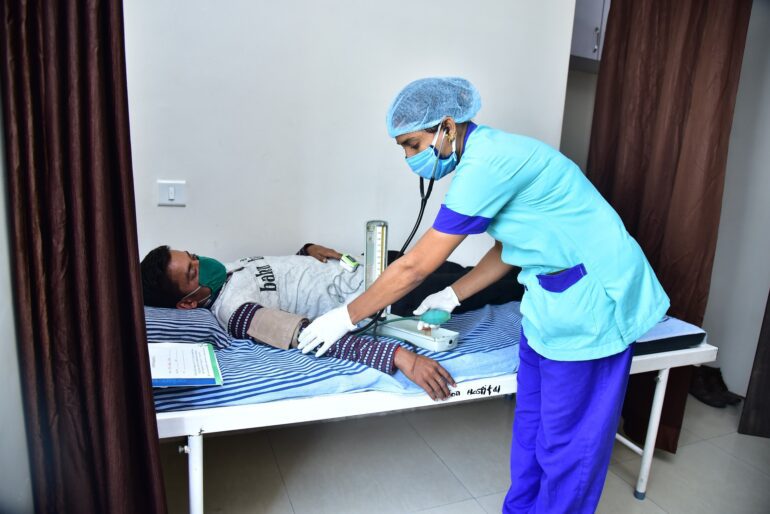TL;DR:
- AI-powered system offers unbiased pain detection before, during, and after surgery.
- Traditional pain assessment methods are susceptible to racial and cultural biases.
- The AI model learns from 143,293 facial images to predict pain with high accuracy.
- Potential to reduce hospital stays and prevent long-term health conditions.
- Cameras in recovery rooms could continuously assess pain levels, freeing up healthcare professionals.
- Future enhancements may include monitoring brain and muscle activity.
Main AI News:
In the ever-evolving landscape of healthcare, cutting-edge technology is continually reshaping the way we approach patient care. The ANESTHESIOLOGY® 2023 annual meeting unveiled a groundbreaking development in this realm – an AI-powered, unbiased pain detection system. This innovative system has the potential to revolutionize the assessment and management of pain in patients, both before and after surgery.
Traditional methods of evaluating pain often rely on subjective assessments. The Visual Analog Scale (VAS), where patients self-rate their pain, and the Critical-Care Pain Observation Tool (CPOT), where healthcare professionals gauge pain based on facial expressions, body movements, and muscle tension, have been the go-to methods for years. However, these methods can be influenced by various biases, including racial and cultural factors, which can lead to suboptimal pain management and poorer health outcomes.
Enter the AI-powered pain recognition system, which leverages two forms of artificial intelligence: computer vision and deep learning. This system equips computers with the ability to “see” and interpret visual cues, enabling the objective assessment of patients’ pain levels.
Timothy Heintz, B.S., the lead author of the study and a fourth-year medical student at the University of California San Diego, highlighted the significance of this innovation: “Traditional pain assessment tools can be influenced by racial and cultural biases, potentially resulting in poor pain management and worse health outcomes. Further, there is a gap in perioperative care due to the absence of continuous observable methods for pain detection. Our proof-of-concept AI model could help improve patient care through real-time, unbiased pain detection.”
Early recognition and effective pain management have been shown to reduce hospital stays and mitigate long-term health conditions like chronic pain, anxiety, and depression. With the potential to transform pain assessment, this AI-powered system holds the promise of delivering these benefits to patients.
The researchers fed the AI model a substantial dataset consisting of 143,293 facial images from 115 pain episodes and 159 non-pain episodes in 69 patients undergoing various elective surgical procedures. The AI learned to identify patterns by analyzing these raw facial images. Using heat maps, researchers discovered that the computer focused on specific facial areas, including the eyebrows, lips, and nose. Once the system had learned from enough examples, it began making pain predictions. Impressively, the AI-automated pain recognition system aligned with CPOT results 88% of the time and with VAS 66% of the time.
While the VAS is considered less accurate due to its subjective nature, the AI system demonstrated an ability to predict VAS ratings to some extent. This suggests that the AI system can discern subtle cues that may go unnoticed by human observers.
The implications of this technology are vast. Imagine cameras mounted on the walls and ceilings of surgical recovery rooms, capturing 15 images per second to assess patients’ pain levels, even in unconscious individuals. This would not only provide continuous monitoring but also free up nurses and healthcare professionals to concentrate on other aspects of patient care.
The researchers are not stopping here; they plan to incorporate additional variables like movement and sound into the model. However, concerns about privacy must be addressed to ensure patient images remain confidential. Furthermore, the system’s potential could expand to encompass monitoring features for assessing unconscious patients’ brain and muscle activity.
Conclusion:
The introduction of AI-driven pain detection into the healthcare market represents a significant leap forward in patient care. By offering an objective and unbiased approach to assessing pain, this technology has the potential to improve the overall quality of care, reduce healthcare costs, and enhance patient outcomes. Its versatility in various medical settings, from surgery to post-operative recovery, positions it as a valuable tool for healthcare providers aiming to deliver the best possible care to their patients.

